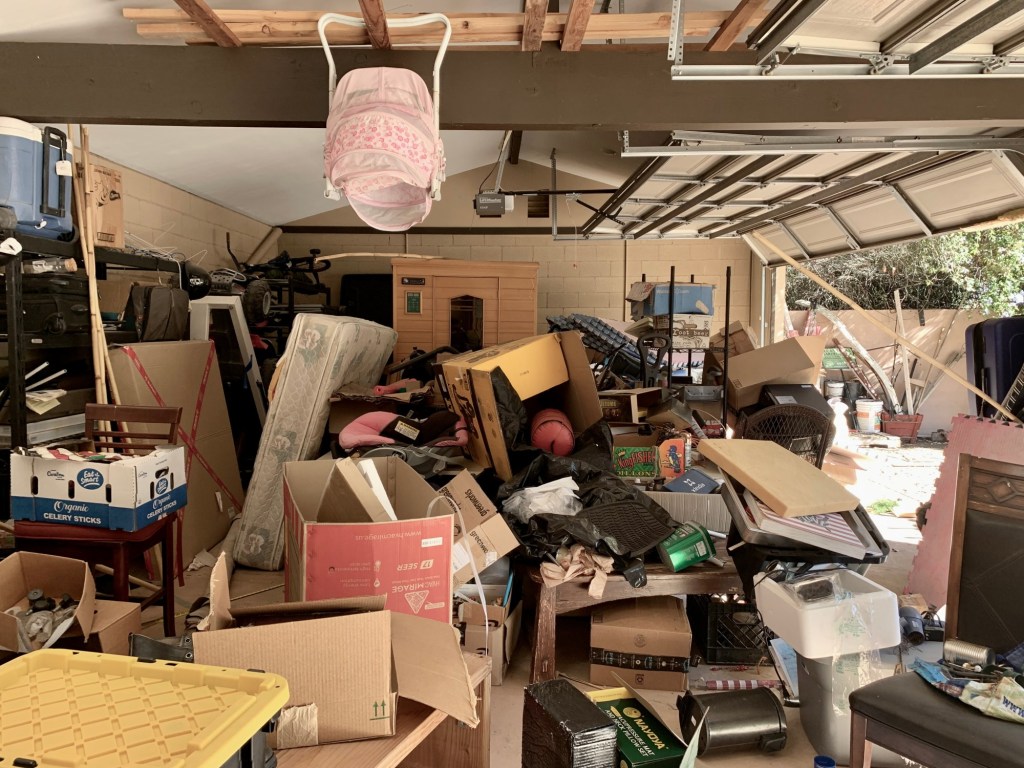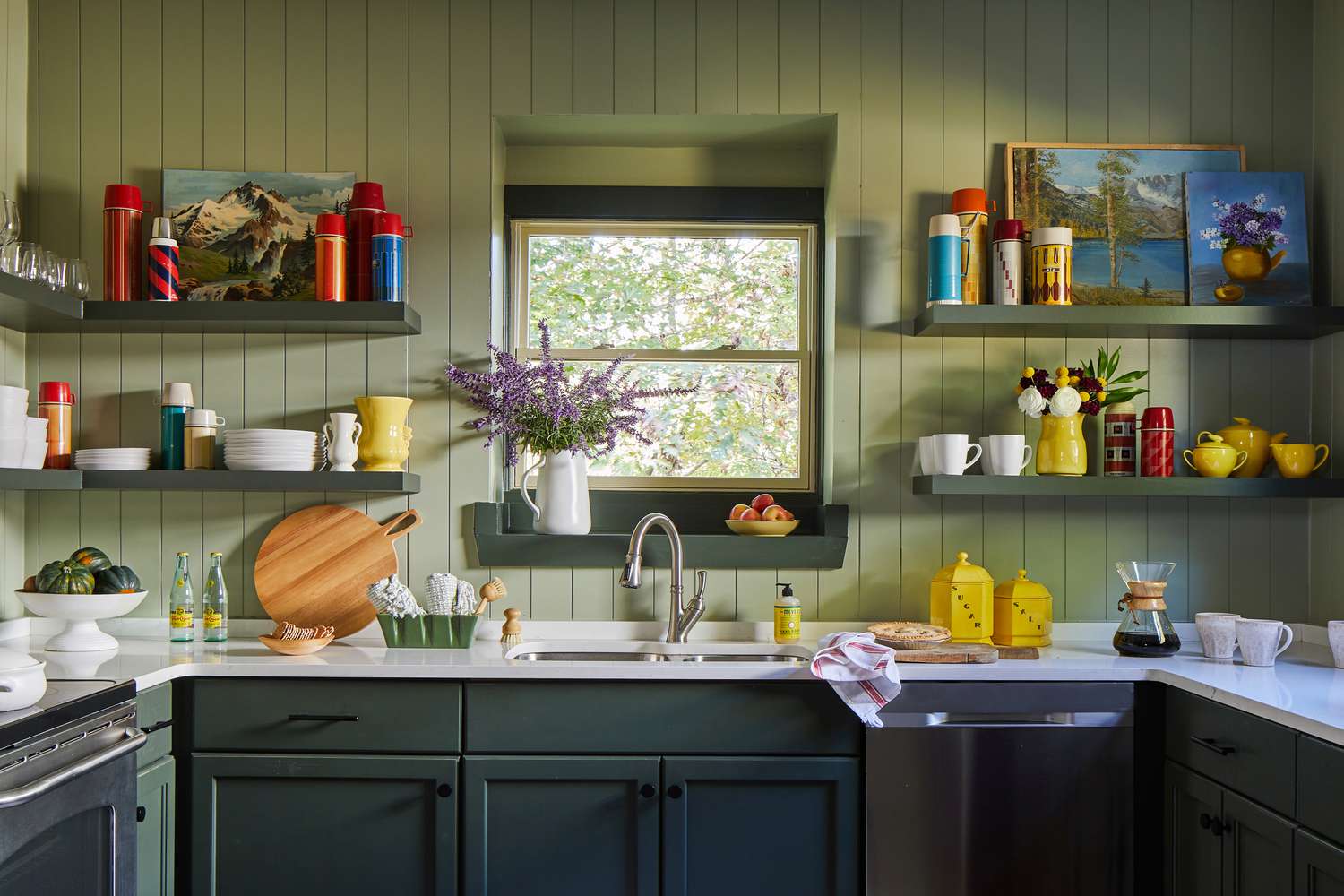Do you ever find your two-car garage only having enough room for one car because it’s filled to the brim with everything from sports equipment and luggage to old furniture and baby clothes? Maybe it’s time to roll up your sleeves and reclaim your garage. Whether you decide to do it yourself or call in some professional help, there’s going to be some work involved, particularly when it comes to making those tough decisions about what to keep and what to discard.
Take the example of Amy McWethy McDermott who, despite sharing her home with her husband and two-year-old son, was unable to park both her cars in the garage due to clutter. The scenario was similar to many others who find they can’t even park one car in their two-car garage because of the overwhelming amount of miscellaneous items.
You might relate to those who dread the judgement when calling in professionals to declutter their kitchen or other rooms in their house. Garages often become the first choice of cluttering because generally, it doesn’t host guests or serve an essential daily function like other rooms do.
The reality is, garages often become a catchall storage space, and the organization becomes an overwhelming task. Many people feel puzzled about where to start. The keys to undertaking such a daunting project include patience, a clear system, and reaching a state of focus.
When you decide to organize your garage, your first task is to create walking paths from front to back and side to side. Start by moving everything out to the driveway or anywhere there’s available space. This task serves to not only create accessibility but also to bring some calmness to the overwhelming impression that a disorganized garage often induces.
The ultimate goal of an organizing project is to create more space. More space means more options to set things up in such a way that they’re easy to find and to return after use.
While it sounds simple, the most demanding part of the process can be reaching that state of focus. This ‘pouting period’ – a phase involving whining and scepticism typically lasts for the first hour. But as you start making decisions about what needs to go and what can stay, your brain gets filled with dopamine and you shift gears into focus mode. This mental shift emphasizes the strong connection between one’s personal space’s condition and one’s mental, emotional, and physical health.
Here’s an organizational methodology spearheaded by organizing guru, Julie Morgenstern. She coined the acronym SPACE, which stands for Sort (group similar items), Purge (discard the excess), Assign (give items a home), Containerize (use containers to group items attractively), and Equalize (maintain your system). It serves as a blueprint aiding you in your organizing journey.
Our innate human inclination to hoard items ‘just in case’ can sometimes act as a detriment. To tackle this, it’s essential to learn when to let go and make decisive decisions about the utility of items that don’t serve a purpose in your life anymore. Gradually, as you sort and purge items, you begin to form a clearer vision of what your reconstructed space could look like.
Once the sorting and purging are done, it’s time to assign specific zones for different categories. For instance, all your holiday stuff could go into one shelf; another corner could store sports equipment. These zones are essential as you wouldn’t want to allocate multiple zones to one item type, leaving you disoriented once again.
Another part of this stage is to prioritize what you use frequently. For instance, cleaning supplies and holiday decorations could go on shelves or in cabinets so that you can easily see what you have. And if you have seasonal sports equipment, then out-of-season stuff should go on ceiling racks.
You might reach a state of burnout or exhaustion, but taking care of yourself physically amid this decluttering process is essential. Remember, staying hydrated, pacing yourself, and considering if you’re in the right frame of mind to continue are all crucial.
Clutter is more of an obstacle than just something that collects dust. It stands in the way of leading an orderly life — an organized space directly contributes to an organized mind. It’s time you embark on your decluttering journey and seize control of your life, one organized space at a time.




